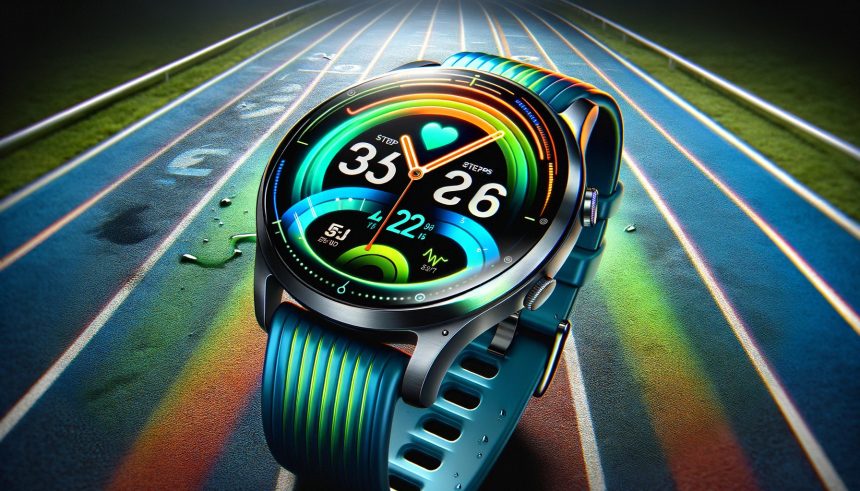Samsung’s Galaxy Watch series has gained attention for both its hardware features and the complex naming conventions that make product choices difficult for consumers. Many customers struggle to differentiate between the Galaxy Watch, Galaxy Watch Active, and Galaxy Watch Classic models, given the similarities in design and functions. With a new iteration expected to debut soon, anticipation grows not just for spec improvements, but also for whether Samsung will address these recurring challenges in its wearable classification. As competitors like Apple and Garmin streamline their own product lines, consumer confusion around Samsung’s own smartwatch naming standards continues to stand out.
Other technology brands have historically leaned toward more explicit separation by feature or intended use, sometimes labeling models according to size, battery life, or activity focus. By contrast, Samsung’s releases often overlap in both appearance and function, and product upgrades have not always brought clarity to segmentation within the Galaxy Watch range. Past reviews and discussions have echoed concerns about muddy distinctions between “Active” and standard versions of Galaxy Watches, while a shift to unified software platforms further blurred the lines among the product family. The upcoming launch reignites dialogue about whether simplification or unified branding would enhance the Samsung wearable experience or create further fragmentation.
How Do Model Names Add Complexity?
Distinctions between Galaxy Watch models are sometimes based on minor, incremental variations—such as slight physical changes or software tweaks—rather than clear generational leaps or purposes. The introduction of Galaxy Watch Classic and Galaxy Watch Active has resulted in an intricate product web where, for shoppers, a direct comparison requires careful attention to detail. The lines between these smartwatches are further complicated when improvements or new sensors are distributed unevenly across the model range. One consumer said,
“Trying to choose which Samsung smartwatch is right feels more confusing every generation.”
Is Consistency Lacking in Features and Naming?
Frequently, Samsung introduces new fitness or health-tracking features to only a subset of its newest watches, rather than across the full lineup, causing users uncertainty about which model best fits their needs. Names like Galaxy Watch Active have sometimes conveyed a fitness-first theme, but recent editions tend to blur these lines by incorporating overlapping ECG and sleep-tracking functions. This inconsistent distribution of standout attributes leads to further debate about the significance of subbrand distinctions within the Galaxy Watch series.
What Could Samsung Do to Simplify the Lineup?
Samsung could streamline the Galaxy Watch lineup by either consolidating model names or using distinguishing labels directly tied to primary user preferences, such as robust health features or classic design. Simplification might improve the buyer’s journey, especially compared to competitors that segment smartwatches by either purpose, screen size, or battery performance. Whether the upcoming launch addresses these issues remains uncertain, yet the conversation underscores broader industry questions about finding balance between innovation and clarity in technology branding.
Greater clarity in Samsung’s Galaxy Watch product range would not only assist buyers but also strengthen consumer trust. Segmenting models by clear functional differences, rather than subtle variations or cosmetic tweaks, allows customers to prioritize needs, like workout tracking or battery longevity, when selecting a device. For those following Samsung’s wearable releases, comparisons against brands that already employ straightforward stratification highlight potential benefits of a more transparent system. Navigating smart device markets requires careful attention to model specifics and release cycles, and users can benefit by matching features to their personal use cases rather than defaulting to the newest device. Watching how Samsung balances innovation with user-friendly branding will offer valuable lessons for the wider industry.
- Samsung’s Galaxy Watch lineup often confuses buyers with naming overlaps.
- Lack of clear feature separation adds to uncertainty for consumers comparing models.
- Simpler branding might improve shopping experiences in the smartwatch market.










